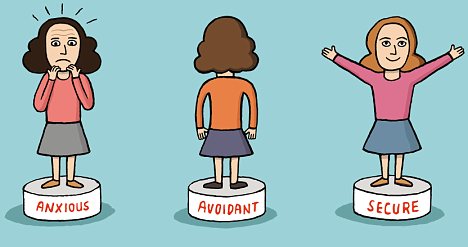I’ve been studying Internal Family Systems (a modality developed by Richard Swartz) lately. Today I decided to practice this new parts work on myself, to help get to the bottom of a familiar (and unhelpful) reaction in myself.
 What follows is an example of what’s called work with a protector part. A “protector” is part of us that protects us against difficult feelings or experience. If it’s in charge it could result in shutting down or getting mad (defences), getting busy, drinking or other addictive behaviour (coping mechanisms) or other strategies or adaptions you might employ unconsciously.
What follows is an example of what’s called work with a protector part. A “protector” is part of us that protects us against difficult feelings or experience. If it’s in charge it could result in shutting down or getting mad (defences), getting busy, drinking or other addictive behaviour (coping mechanisms) or other strategies or adaptions you might employ unconsciously.
One key piece about Internal Family Systems that I need to mention before I begin, is the idea of the self or self-energy. We all have this inherently and this is the aspect that helps us heal and integrate. We are in connection with this self when we feel curious, calm, compassionate and aware.
Here we go
The piece that I am choosing today is a familiar inner struggle, perhaps shared by other parents. It’s the version of me that gets stern and harsh with my child sometimes, when really I want to stay in a “kind, firm, not emotionally-loaded” place.
- Find the target part. My chosen part to work with today is my part that gets very busy, very serious and quite harsh, with myself and with others around me. When I say find it, I personally find an image of it. So my image is of a small but fuming and feverishly working picture of me.
- How do I feel towards it? First off I feel annoyed, but there’s also some understanding… like, “yes, of course this is overwhelming”. So I try to build the understanding, curious part.
- Let the part know that you understand it, and perhaps are concerned about it. I let my part know that and it starts to get sad and feel softer.
- Let it share what it wants to about its experience with you. It says it feels panicked and scared and that this is all too much. It also says if I don’t do all of this work, no one else will.
- I ask it what it’s afraid of if it doesn’t do all this. It says there’ll be chaos, entropy, my child will take over. I probe… what would happen then? I’m afraid of having no control, no power, even not existing… not having my way. [This gives a sense of what my busy, serious part is protecting me from].
- I ask the part if it likes it’s job. It says no way, it’s stressful, but there’s no one else to do it.
- I ask where did it learn to do this job. It feels familiar from how my Dad was with me.
- I say I can help it with that no power, no control, not existing feeling, so that it doesn’t have to get so harsh. I have to sit for a while with the part to let it start to believe this. I ask if that harsh part willing to step back so I can talk with the afraid part? This naturally seems to have happened inside anyway, and the harsh protector is happy to step back.
- I check “who” is there now that protector has stepped back. There is an uncomfortable powerless feeling. Aha! [The work is now to be with the “exile”, in my case the powerless feeling. This stage involves building trust between the “I” or the self and the exile, witnessing the exile’s experience, unburdening, and retrieving that part if/when it’s ready.]
That’s got to be for another day since I have to pick up my son now! But having done that process I feel softer, lighter, and more emotionally open. And the house is still a mess, but from this state I can take care of it from a kinder place.
I’d be happy to walk you through an Internal Family System’s process like this for yourself if you are interested. Get in touch!
For more on Internal Family Systems (IFS) see Derek Swartz’s Centre for Self Leadership. I also like this introduction to the IFS process offered by Ontario-based therapist Derek Scott.
Related posts:
- Mindfulness tools for everyday sanity
- The eel and the axe-man: a therapy session
- My published chapter on applying Focusing and art to early motherhood experience
- The story of the upside-down bird: a therapy session


